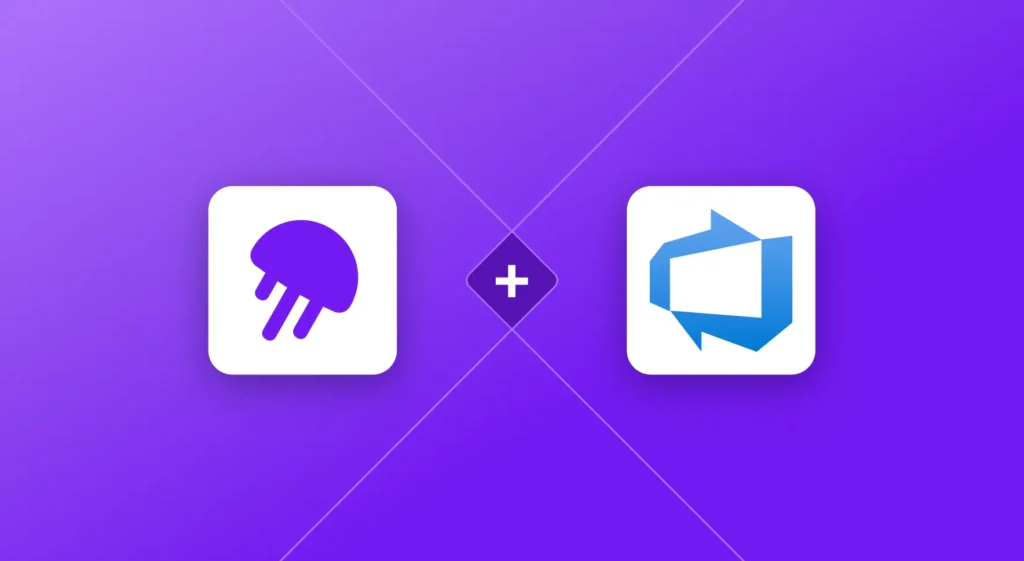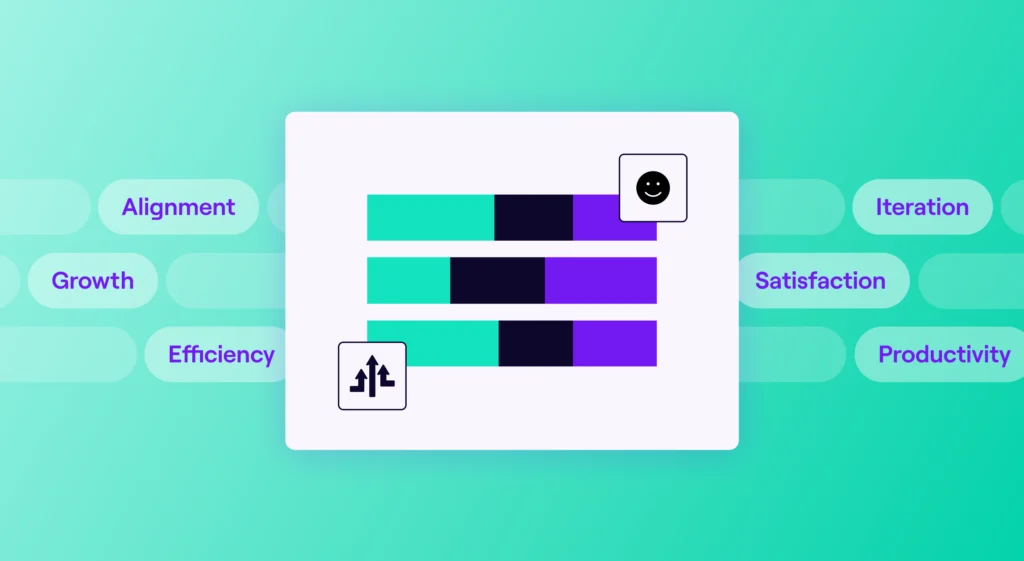As a growing number of vaccines are administered, more companies are thinking about what a return to the office might look like. Most companies will adopt some version of hybrid work, but the transition to this model will look different for every organization.
Like many other engineering orgs, Jellyfish is in the preliminary stages of planning the team’s return to the office. This post will weigh what we lost against what we gained and discuss our thought process as we transition to our version of hybrid work.
What We Lost: The Impact on Collaboration & Culture
Collaboration and social interactions at Jellyfish were very different before the pandemic. When we were in the office together, we could walk a few feet over to another engineer’s desk to ask them for help. When a meeting finished, we walked back to our desks to conclude conversations that were left unfinished at the end of the meeting. We had whiteboard sessions to bounce ideas off one another. Our teams took lunch hours together and would chat about non-work-related things like the best ramen spots in town, why our company chia pet (aptly named “Bob Moss”) wasn’t growing hair, or the next company hot wings challenge.
When forced to work remotely, we lost opportunities for organic and spontaneous social interactions that inspire creativity, collaboration, and deeper personal relationships. These in-office dynamics were a critical part of our identity during our foundational years. The pandemic required us to give extra time, resources, and energy to achieve anything resembling similar levels of collaboration and social connection. Instead of social interactions being spontaneous, they became planned, intentional, and formalized.
For us, and maybe other in-person companies, many of these changes have felt like a “tax” of sorts. Some of these taxes are intangible, like the feelings of Zoom fatigue and burnout from longer days. Other costs are tangible like the resources required to onboard new collaboration software. There are many benefits seen from team members going remote, but they do not come for “free.”
What We Gained: Forever Changed by Flexibility
While we sorely miss the in-person collaboration and socializing, there were also undeniable benefits seen from implementing remote work. Commutes have been erased, and team members have hours back in their days. For some, more time is available for the family as schedules became less rigid. Some engineers are experiencing more heads-down time, with fewer interruptions from daily office life. Through virtual meetings, we got to see a more personal side of co-workers in their homes. And the few team members that were remote before the pandemic benefited from formalized meeting minutes, clear communication of recently made decisions, and organizational systems that finally accommodated them.
We’ve come to appreciate the newly acquired flexibility and autonomy over our schedules during our time working remotely. In many ways, we made great improvements to our decision-making process, meetings, and team culture. The transition was awkward, but we learned that working remotely was possible. In hindsight, the negative feelings associated with working remotely were rooted in our lack of choice. When we move to our new hybrid approach, we have the opportunity to choose the “taxes” we pay, maximizing flexibility while gaining back those opportunities for in-person interaction.
The Implications for Our Software Teams
There’s no doubt that the last year’s experiences will change how our software teams will work in the future. These perceived pros and cons of remote work only scratch the surface. Knowing this, we all need to think about our policy decisions through the lens of what we value today. We also need to think critically about how we have forever changed over the past year. Moving to hybrid work is about finding the middle ground that works for each of us, factoring in all of the “taxes” we choose to keep in this “new normal.”
With this in mind, we will leave you with food for thought as we navigate these uncharted waters. We’ve compiled a list of questions that we’ve been considering as we plan for our hybrid work model. It’s by no means exhaustive, but we hope this list fosters further discussion about what the new normal might look like for your software engineering organizations.
Questions To Consider:
- What changes to your team’s daily operations did your teams benefit from? What did you as an engineering leader benefit from due to these operational changes?
- What changes to your team’s daily operations hindered team productivity and/or well-being? As a leader, what did you find most counterproductive or challenging?
- Will you choose to have an official policy regarding remote vs. in-person work? If you already do, what are the changes you’re weighing based on your answers to the first questions?
- How will your hiring policies change as a result of policy changes you’re considering?
- How will compensation policies be impacted by these changes?
- Will you need to plan for less or more travel as a result of these changes?
- Will this change any hiring policies regarding contract, temporary, or part-time employees? Will they be able or expected to work remotely?
- Will this change policy regarding outsourcing or employing engineering talent globally?
- If remote work will be supported at your company, will your team culture and operations adequately support your remote team members?
- How will you organize your team so that decisions are clearly communicated, documented, and inclusive of all stakeholders regardless of work location?
- Are there ways to include remote workers in team activities/socials virtually?
- How will company culture and policy continue to ensure a healthy work/life balance for all employees regardless of where they work?
- How will the physical setup of your office location change?
- What are your team members’ preferred work environments moving forward? Do they wish to have their remote office as their primary workspace? Are full workstations in the office still necessary for software engineers, or could a shared “hotel” model work for some team members?






